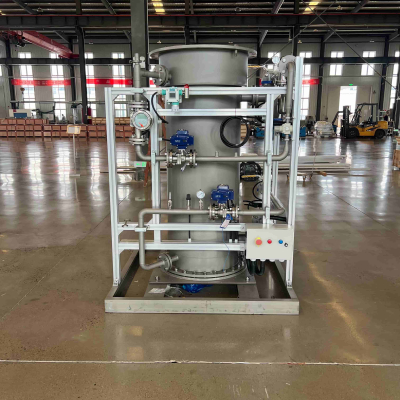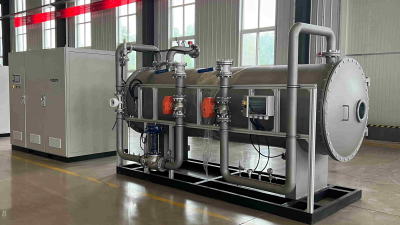Ozone reaction characteristics
Based on experience with ozone generator technology in water treatment applications, the effects and characteristics of ozone use are as follows:
1. The required amount of ozone can be generated anytime, anywhere, with just a small amount available.
2. Insufficient ozone is ineffective, while sufficient amounts are optimal, exhibiting the so-called "all or nothing effect."
3. There are direct reactions (ozone oxidation) and indirect reactions (free radical reactions).
4. Carcinogenicity and aging are related to reactive oxygen species, but the treatment characteristics of reactive oxygen species are not yet fully understood.
5. The higher the ozone concentration and the higher the concentration of peroxides, the faster the reaction rate.
6. Water treatment processes require ozone dissolution technology and reaction promotion technology, each requiring its own reaction tank.
7. It excels at breaking down high-molecular-weight molecules into low-molecular-weight products; the reaction products are generally hydrophilic and highly decomposable.
8. It provides the best improvement in sterilization, decolorization, deodorization, and transparency.
9. Ozone automatically decomposes into harmless oxygen, resulting in no energy consumption.
10. Due to the high cost of ozone production, technologies that fully utilize ozone dissolution are required. 11. Can treat substances that biological treatment cannot.
12. No residual sludge is produced.
13. No reagents are required.
From the reaction characteristics of organic matter with ozone, it can be understood that ozone generator can directly treat unsaturated organic compounds, making them hydrophilic and lowering their molecular weight, but it cannot make them inorganic. For thorough treatment (carbonation), a free radical reaction using advanced oxidation methods must be introduced. In direct ozone treatment, some molecules of color and ozone components can be broken down, but the reduction in organic matter can only be expected to come from hydrophilic forms, and the reduction is very small. In other words, after ozone treatment, organic matter (COD components) that were previously difficult to detect using BOD technology can be detected, thus increasing the AOC value of the treated water. Furthermore, these organic substances can be decomposed by bacteria in nature, as part of the natural material cycle.
Currently, the agents used in sterilization and disinfection operations include ultraviolet light, ozone, chlorine, and chlorine dioxide. Generally, the disinfection effect of chlorine is mainly due to the reaction between hypochlorous acid (HoCl) and molecular chlorine such as Cl2, making it easier to pass through cell membranes. Chlorine dissolved in the protoplasm acts directly on the DNA, the core of the organism, binding to it and causing it to degenerate and die. Ozone, on the other hand, has strong oxidizing properties and reacts randomly with many unsaturated organic compounds, also causing the protoplasm to precipitate. Ultimately, the organism cannot survive. This effect of chlorine disinfection is related to the dosage; less chlorine results in poorer results, while more chlorine results in more effective results.
With ozone disinfection, a certain amount of ozone must be consumed per unit volume of cells to achieve the desired effect; otherwise, there is no effect. Therefore, before the desired effect is achieved, ozone is consumed at an alarming rate; this effect is known as the all-or-none effect.






